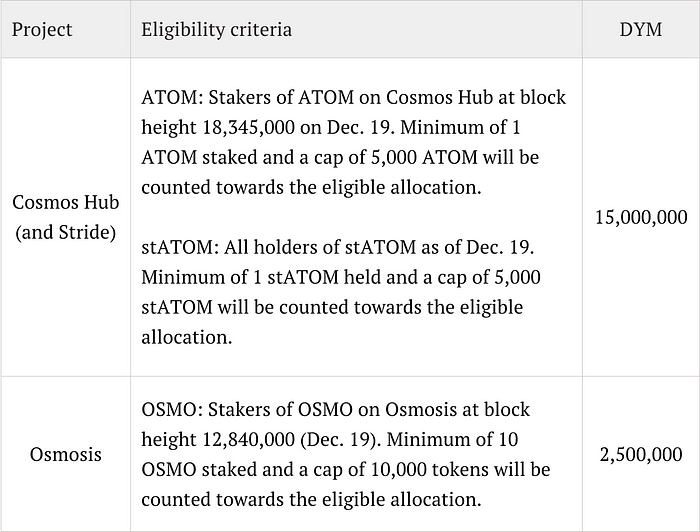The DOT price could prolong its 100 percent surge in the short term, based on strong fundamentals in development and derivatives data. Polkadot (DOT) is a blockchain initiative that uses parallel chains or parachains to connect sub-chains. The Substrate modular architecture is used to build each application-specific chain within Polkadot, which is supposed to make the development process easier.
For the majority of 2021, the project has been the focus of developers and investors, but the sharp market-wide drop on May 19 gave a huge blow to the DOT price, and the team has been rather silent for the past two months.
Karura Swap, the Polkadot ecosystem's first decentralized exchange (DEX), launched on July 22. Acala, a decentralized finance (DeFi) project supported by Coinbase Ventures, established the project.
Even if the price is still 58 percent below the $50 high, DOT has surged 100 percent in the last 24 days to reclaim the $20 support. Investors are currently undecided about the direction of the market after the $22 level served as resistance.
Polkadot vs. Kusama: What's the Difference?
Polkadot refers to the complete ecosystem of parachains that connect to the relay chain, which is a single base platform. The network's security is handled by this baselayer, which also handles consensus, finality, and voting logic.
Kusama, on the other hand, is a beta version of Polkadot that is intended to be used as a "canary" network to test governance, staking, and sharding in real-world scenarios.
As a result, even though the newly released Karura Swap DEX is not directly connected to the Polkadot blockchain, it demonstrates its capabilities.
Data on derivatives provides insight on investor sentiment.
Although technical analysis charts suggest a bullish outlook for DOT, what does the derivatives data say?
If the futures contracts premium is zero, for example, it suggests that investors are hesitant to take long positions using leverage. A drop in regular spot exchange volume indicates that there is little interest in the price at these levels. This is especially concerning following a rally like the one witnessed by DOT.
The open interest on futures contracts is used to calculate the amount of money that is currently in play. It simply considers open positions rather than the number of trades made per day.
This statistic retraced to $340 million after peaking at $1.2 billion on April 17. Although much smaller, it is presently trading at the same levels as DOT, which was trading around $20 in early February.
The use of leverage has been moderated.
In futures contracts, longs (buyers) and shorts (sellers) are always matched, but their leverage changes. The financing rate indicator will catch any eventual imbalances, and derivatives exchanges will tax whichever side is employing greater leverage to balance their risk.
As illustrated above, the financing rate was generally negative from mid-July to August 1, showing that shorts were demanding more leverage. A weekly rate of 1% is equal to a negative 0.05 percent rate every 8 hours. However, the situation has changed in the last two weeks, with the indicator fluctuating between 0% and 0.04 percent, which is considered neutral.
In terms of derivatives trading, the open interest and financing rate show no signs of bullishness. After the current rally, there are no symptoms of excessive leverage or excitement, which is also a healthy sign.
DOT's performance will most likely be determined by its ecosystem development, as both metrics are now neutral.










No comments:
Post a Comment
Note: only a member of this blog may post a comment.